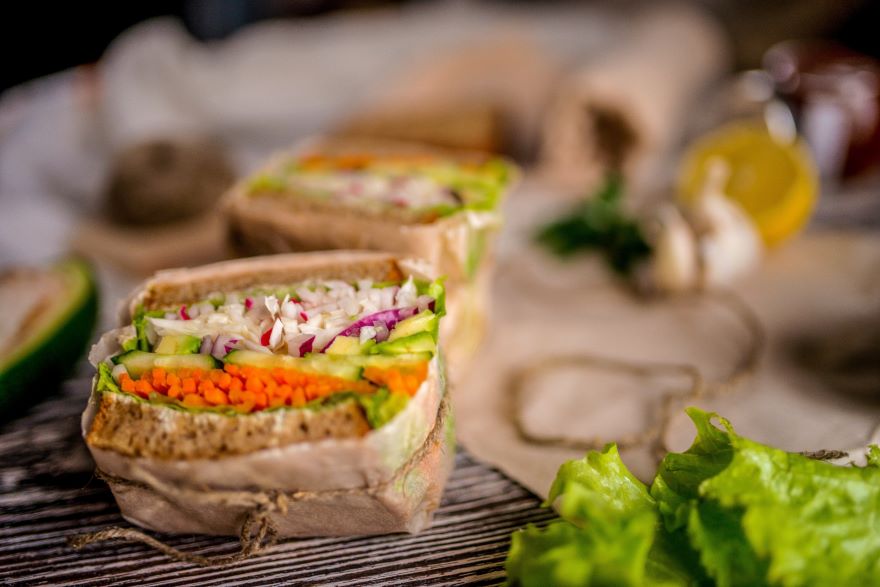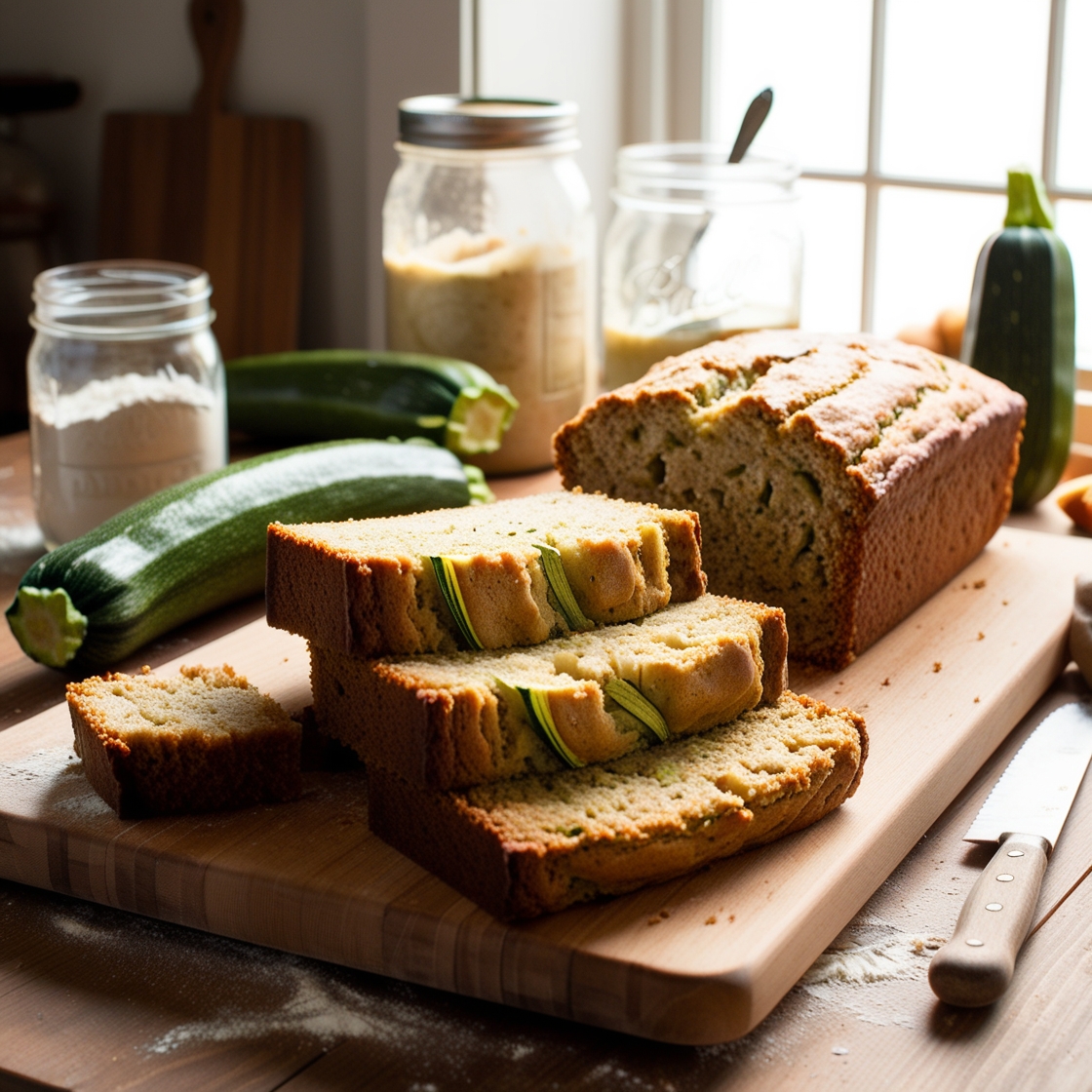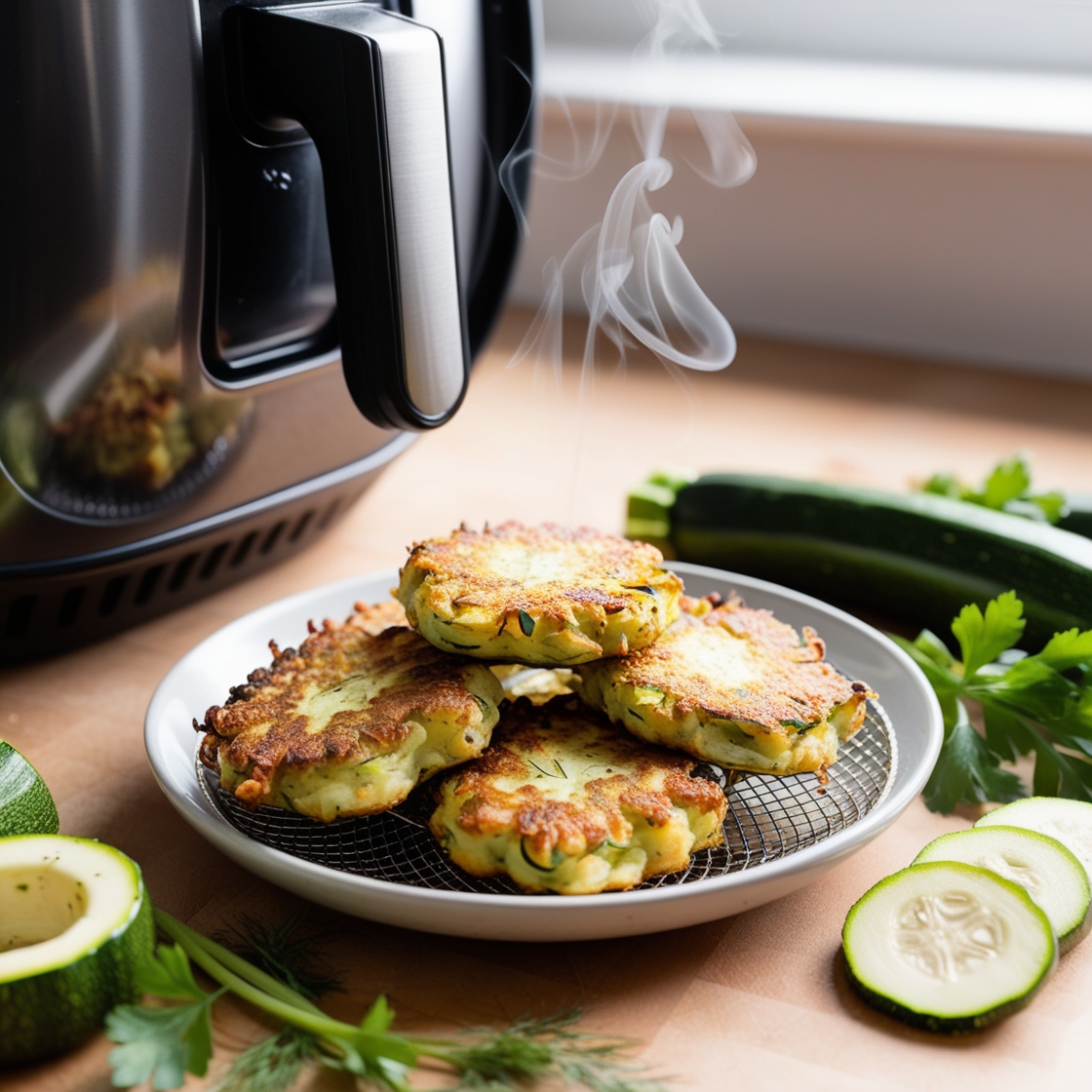I never thought I’d be the person preaching about gluten-free sandwiches, but here I am, completely transformed and eager to share my journey with you. It’s a tale of unexpected twists, delicious discoveries, and a total revolution in how I approach food and health. So, grab a seat (and maybe a gluten-free snack), and let me tell you how these seemingly simple creations changed my life.
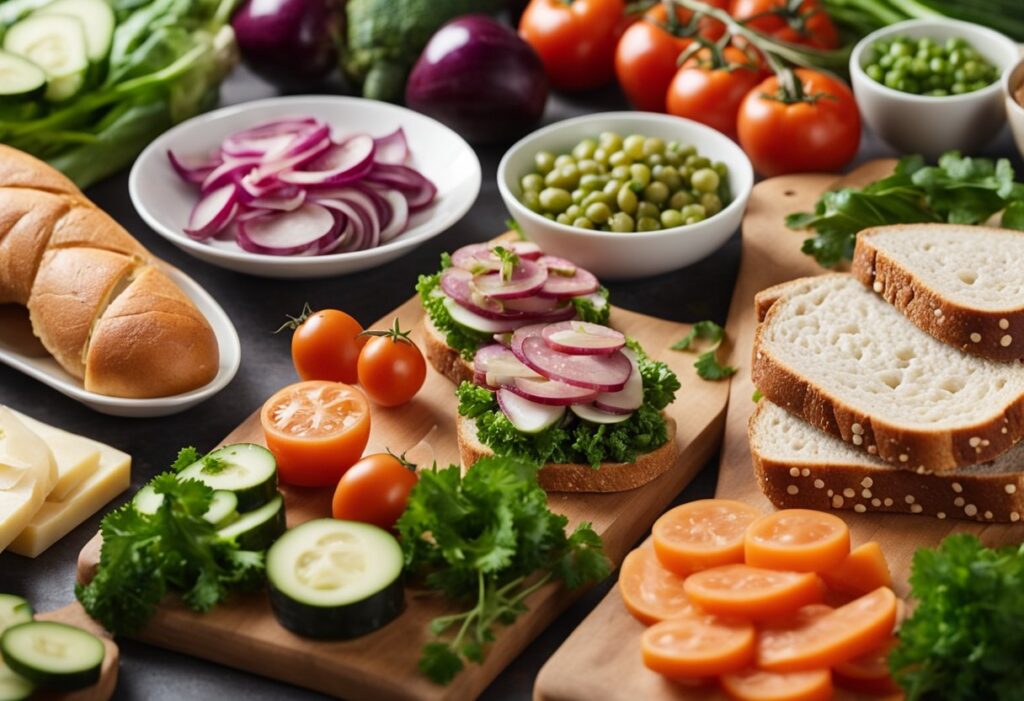
The Sandwich Disaster That Changed Everything
Picture this: It’s a bustling Wednesday afternoon, and I’m standing in the office kitchen, surrounded by a mess of crumbled gluten-free bread, wilted lettuce, and a suspicious puddle of what was supposed to be a homemade, gluten-free mayonnaise slowly spreading across the counter. My colleagues are shooting concerned glances my way as they microwave their lunches, probably wondering if I’ve finally lost it.
This disastrous scene was my first attempt at making a “proper” gluten-free sandwich since my celiac diagnosis three months ago. I was ready to throw in the towel, resign myself to a life of bland salads and envious glares at my coworkers’ sandwiches. As I mopped up the mess, wiping away what I thought were my shattered dreams of ever enjoying lunch again, my eyes landed on a package of gluten-free wraps sitting innocently on the shelf.
Little did I know, those wraps were about to become the hero of my story.
The Gluten-Free Wrap Revelation
Growing up, sandwiches were my culinary comfort zone. Quick, easy, and oh-so-satisfying. But after my celiac diagnosis, they became the enemy. I’d been fumbling through a gluten-free existence, subsisting on sad, leafy salads and boring rice cakes, longing for the simple pleasure of a good sandwich.
But in that moment of utter sandwich failure, something clicked. I remembered reading about ancient civilizations using various flatbreads as food vessels. If people had been eating “sandwiches” for thousands of years, surely I could figure out a gluten-free version!
With nothing left to lose (except maybe my lunch break and the last shreds of my culinary dignity), I decided to give it a go. I grabbed that gluten-free wrap, filled it with the salvageable ingredients from my earlier catastrophe, and rolled it up with all the hope I could muster.
The result? A surprisingly tasty, easy-to-eat lunch that didn’t make me want to cry or hide in shame. It was a small victory, but in that moment, it felt like I’d just won a gourmet cooking competition.
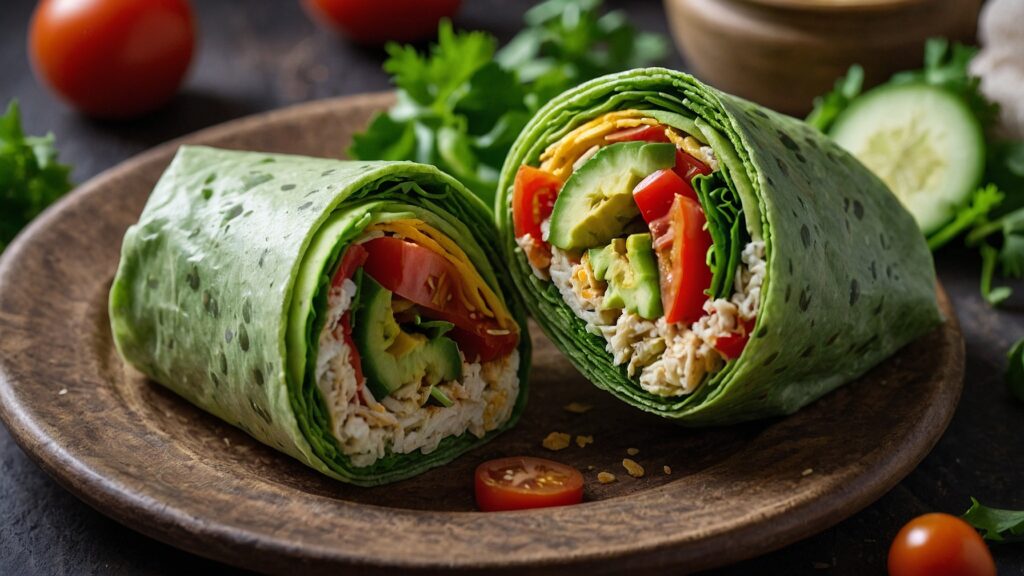
The Comfort Wrap: My First Success
That first successful wrap became my go-to recipe, a comforting reminder that change is possible, even when it seems daunting. Here’s what went into my “Comfort Wrap”:
- 1 large gluten-free wrap
- 2 tablespoons hummus
- 1/4 avocado, sliced
- Handful of baby spinach
- 1/4 cup grated carrot
- 2 slices of turkey (make sure it’s gluten-free)
- Squeeze of lemon juice
Assembling these simple ingredients created a lunch that was more than the sum of its parts. It was satisfying, nutritious, and gave me a surprising energy boost. But more than that, it represented a small step towards reclaiming my love for sandwiches – one that I had taken all by myself.
The first time I ate this wrap at my desk, feeling like a normal person enjoying a normal lunch, I felt a sense of belonging I hadn’t experienced since my diagnosis. It wasn’t just about the food; it was about proving to myself that I could adapt and thrive with my new dietary needs.
To elevate your gluten-free sandwich game, consider investing in a reliable toaster oven like the Hamilton Beach Digital Countertop Toaster Oven. It’s perfect for toasting gluten-free bread to just the right crispness, melting cheese on open-faced sandwiches, or even baking small batches of gluten-free rolls. This versatile appliance has become an indispensable tool in my gluten-free kitchen adventures.
- 6 VERSATILE COOKING SETTINGS Go from baking pizzas on Friday to cooking a whole rotisserie chicken on Sunday This versatile convection toaster oven has 6 cooking settings convection toast bake broil pizza and rotisserie
- EASY-TO-USE DIGITAL CONTROLS The digital LCD screen keeps you informed of the oven temperature time left and cooking setting
- CONVECTION SETTING Circulates air around food for fast even cooking
- COOKING TIMERS AND STAY-ON SETTING WITH AUTO SHUTOFF A 30 minute timer monitors broiling while a 2 hour timer for baking convection and rotisserie cooking automatically shuts off after 4 hours Timers beep when the cooking cycle is complete
- LARGE-CAPACITY OVEN WITH 3 RACKS From French fries to sheet-pan suppers this oven accommodates a wide variety of foods your family enjoys Toast 6 slices of bread bake a whole chicken or cook a 12" pizza
As I savored each bite, I caught my colleague eyeing my lunch curiously. “That looks good,” she said, surprise evident in her voice. “I thought you couldn’t eat sandwiches anymore?” I smiled, realizing that this was just the beginning of my gluten-free sandwich adventure.
Overcoming the “You Can’t Eat That” Chorus
Of course, the journey wasn’t all smooth sailing (or should I say, smooth wrapping?). After a few weeks of my newfound gluten-free sandwich obsession, friends and family started giving me those looks. You know the ones – part pity, part confusion, all judgment.
“But you can’t eat sandwiches anymore,” my well-meaning but misinformed friend would say.
“Isn’t that wrap just a sad imitation of real bread?” another would quip.
Those comments stung, I won’t lie. There were days when the siren call of a regular deli sandwich nearly drowned out my resolve. I’d find myself lingering in front of bakeries, inhaling deeply and wondering if one little bite would really hurt that much.
But each time I felt myself wavering, I’d remember how good I’d been feeling since starting my gluten-free journey. More energy, no more mysterious stomachaches, even my skin was clearer. Was I really willing to give that up just because some people couldn’t understand my new way of eating?
Instead of caving to the pressure, I decided to get creative. If people thought gluten-free sandwiches were boring, I’d show them just how wrong they were. It was time to take my sandwich game to the next level.
The Spicy Surprise: Gluten-Free Goes Global
My next sandwich experiment was born out of a desire to shake things up – literally and figuratively. I’d been reading about global cuisines and thought, “Why limit myself to American-style sandwiches?” The result was a zippy, invigorating wrap that became my secret weapon for impressing skeptical friends:
Fiesta Fajita Wrap
- 1 large gluten-free wrap
- 1/4 cup black beans, mashed
- 1/4 cup grilled bell peppers and onions
- 2 tablespoons salsa
- 1 tablespoon Greek yogurt
- Handful of chopped cilantro
- Squeeze of lime
The first bite of this concoction was a revelation. The familiar comfort of a wrap combined with exciting, bold flavors created a lunch that was both satisfying and adventurous. It felt like a wake-up call for my taste buds and my creativity.
I started bringing this wrap to potlucks and office parties. The surprised exclamations – “This is gluten-free?” – were music to my ears. Slowly but surely, I was becoming the gluten-free sandwich guru, a title I wore with pride.
Growing My Own: The Herb Garden Adventure
As my sandwich obsession grew, so did my curiosity about the ingredients I was using. I started researching the health benefits of different herbs and vegetables, fascinated by how they could enhance both the flavor and nutritional value of my creations. This little research project sparked an idea: what if I grew my own sandwich ingredients?
Now, I should mention that my previous attempts at gardening had all ended in withered plants and disappointed sighs. My friends jokingly referred to me as the “plant grim reaper.” But something about this felt different. Maybe it was the confidence I’d gained from my sandwich successes, or maybe it was just the gluten-free magic working its charm, but I decided to give it a go.
I started small, with a few herb plants in pots on my windowsill – basil, cilantro, and mint. The day I saw the first tiny leaves sprouting, I felt like a proud parent. I may have even teared up a little (but don’t tell anyone). Watching those plants grow, tending to them daily, connected me to my food in a way I’d never experienced before.
If you’re eager to add fresh, homegrown herbs to your gluten-free sandwiches but don’t have outdoor space, the AeroGarden Harvest Indoor Garden is a game-changer. This compact hydroponic system lets you grow fresh herbs, lettuce, and even small vegetables right on your kitchen counter, year-round. It’s been a fantastic addition to my gluten-free cooking arsenal, ensuring I always have fresh basil, cilantro, and other herbs at my fingertips.
- INDOOR GARDENING MADE EASY: Enjoy abundant harvests year round with the AeroGarden Harvest, an indoor hydroponic gardening system that grows your favorite vegetables, herbs, or flowers in water without the mess of soil
- ROOM FOR 6 PLANTS: This compact countertop garden features a spacious grow deck and water bowl so you can grow 6 different live plants at once, all up to 12 inches tall
- HIGH-PERFORMANCE GROW LIGHT: The full spectrum 20W LED grow light with an automatic on/off timer mimics natural sunlight to help plants germinate up to 5x faster than in soil
- FEATURES AND BENEFITS: Our indoor garden’s touch-sensitive illuminated control panel reminds you when to add water and plant food, making for a simplified, worry-free gardening experience
- WHAT'S INCLUDED: The AeroGarden Harvest comes with a 20W LED grow light system, power adapter, one 3 oz. bottle of liquid plant food, and the Gourmet Herb Seed Pod Kit featuring Genovese Basil, Curly Parsley, Dill, Thyme, Thai Basil, and Mint

And the taste! The first sandwich I made with my homegrown herbs was a revelation. It was fresher, more vibrant than anything I’d made before. Here’s the simple recipe I used to celebrate my gardening victory:
Garden Fresh Caprese Sandwich
- 2 slices gluten-free bread, lightly toasted
- 2 thick slices of fresh mozzarella
- 1 ripe tomato, sliced
- Handful of fresh basil leaves from my garden
- Drizzle of olive oil and balsamic vinegar
- Pinch of salt and freshly ground pepper
Biting into this sandwich, made with basil I’d grown myself, was a moment of pure joy. It represented not just a tasty lunch, but the culmination of a journey that had led me to a healthier, more mindful way of living.
I brought this sandwich to a family barbecue, proudly announcing that not only was it gluten-free, but it also featured homegrown basil. My uncle, the family skeptic, took a reluctant bite. His eyes widened in surprise. “This is actually really good,” he admitted. Coming from him, it was high praise indeed.
The Ripple Effect: How Gluten-Free Sandwiches Changed My Life
As I sit here, reflecting on my gluten-free sandwich journey, I’m amazed at how much has changed. What started as a necessary dietary adjustment has rippled out into all areas of my life:
- Energy Levels: Gone are the post-lunch slumps. My nutritious, balanced sandwiches keep me energized throughout the day. I’ve even started taking short walks during my lunch break, something I never had the energy for before.
- Creativity: Experimenting with sandwich recipes has sparked creativity in other areas of my life. I’ve started approaching problems at work with the same “think outside the bread” mentality that I use for my lunches.
- Mindful Eating: Preparing my sandwiches has become a mindful ritual. I’m more aware of what I put into my body throughout the day, and I’ve started to really appreciate the flavors and textures of whole, natural foods.
- Community: Sharing my sandwich creations has connected me with other gluten-free individuals and health-conscious eaters. I’ve even started a small “Gluten-Free Lunch Club” at work. We meet once a week to share recipes and support each other on our health journeys.
- Environmental Awareness: Making my own sandwiches and growing some ingredients has opened my eyes to the importance of sustainable food practices. I’m now more conscious of my environmental impact in all areas of life, from reducing food waste to choosing eco-friendly packaging.
- Confidence: Perhaps the biggest change has been in how I see myself. I’m no longer the person apologizing for my dietary needs or feeling left out at social gatherings. I’m proud of my gluten-free creations and the positive changes I’ve made in my life.
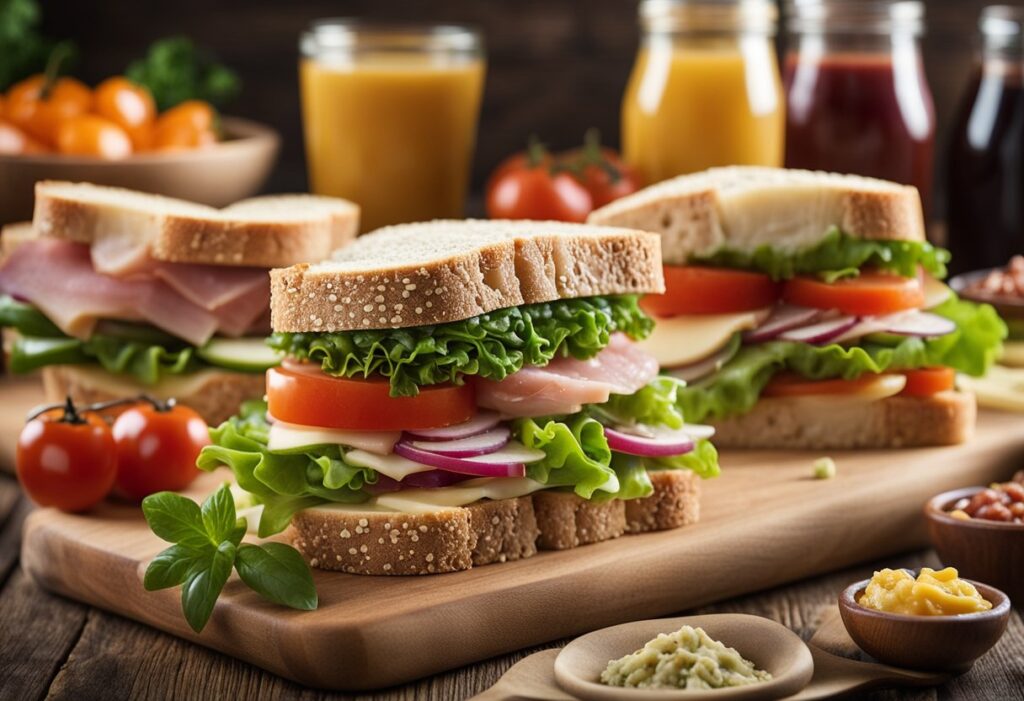
Your Turn: Embarking on Your Own Gluten-Free Sandwich Journey
As I wrap up my story, I want to turn the spotlight on you, dear reader. Perhaps you’re where I was at the beginning – overwhelmed, unsure, maybe even a bit resentful of your new dietary restrictions. Or maybe you’re already on your own health journey and looking for some fresh inspiration.
Wherever you are, I invite you to give gluten-free sandwiches a try. Start small – you don’t need to grow your own herbs or make your own bread. Just pick up some gluten-free wraps on your next grocery run and experiment.
Want to explore more gluten-free sandwich ideas? Check out ‘Gluten-Free Artisan Bread in Five Minutes a Day’ by Jeff Hertzberg M.D. and Zoë François on Amazon. It’s a game-changer for creating delicious gluten-free breads at home!
- The bestselling authors of the groundbreaking Artisan Bread in Five Minutes a Day bring you a cookbook with 90 delicious, entirely gluten-free bread recipes made from easy-to-find ingredients--a perfect gift for health conscious foodies and bakers! With more than half a million copies of their books in print, Jeff Hertzberg, MD and Zoë François have proven that people want to bake their own bread, so long as they can do it quickly and easily
- But what about people with celiac disease or gluten sensitivity? They want to eat well too, but gluten is everywhere: in cakes, pastas, desserts, gravy―even in beer and Scotch whiskey
- But the thing they miss most? Bread
- Based on overwhelming requests from their readers, Jeff Hertzberg and Zoë François have returned to their test kitchens to create an entirely gluten-free bread cookbook―most of the recipes that readers loved in Artisan Bread in Five Minutes a Day appear here in a gluten-free version
- In just five minutes a day of active preparation time, you can create delectable, gluten-free Sandwich loaves
Remember, this journey isn’t about perfection. It’s about progress, curiosity, and being open to the possibilities that can come from something as simple as a gluten-free wrap and some creative fillings. There will be mishaps along the way (trust me, I’ve had my share of sandwich fails), but each one is an opportunity to learn and grow.
So, what do you say? Are you ready to revolutionize your lunch with me?
Embracing the Gluten-Free Adventure: Questions to Ponder
- What’s one small step you can take today towards embracing your gluten-free lifestyle?
- How might creating your own exciting gluten-free sandwiches impact your daily life and health?
- What’s a favorite sandwich from your pre-gluten-free days that you could try to recreate in a safe, delicious way?
Remember, every big change starts with a small step. My journey began with a single gluten-free wrap and a willingness to try something new. Yours could start today.
As for me, I’m still on this gluten-free sandwich adventure. Each day brings new ideas, new flavors to try. Just yesterday, I experimented with a Mediterranean-inspired gluten-free pita pocket that had my taste buds doing a happy dance. Who knows what tomorrow’s lunch will bring?
One thing’s for sure – I’m no longer mourning the loss of my old sandwich favorites. Instead, I’m celebrating the delicious, healthy, gluten-free creations that have taken their place. And let me tell you, life tastes pretty good from here.
Here’s to delicious, satisfying, gluten-free adventures ahead! 🥪✨
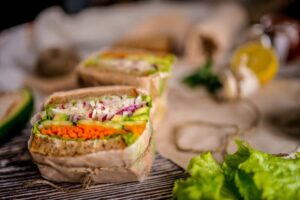
*We may earn a commission for purchases made using our links. Please see our disclosure to learn more.

